If you click on a link and make a purchase we may receive a small commission. Read our editorial policy.
Joy, beauty, and the absurd: James Kochalka's Dragon Puncher Punches back with interview & exclusive excerpt
James Kochalka discusses the newest Dragon Puncher, the absurd, and returning to American Elf
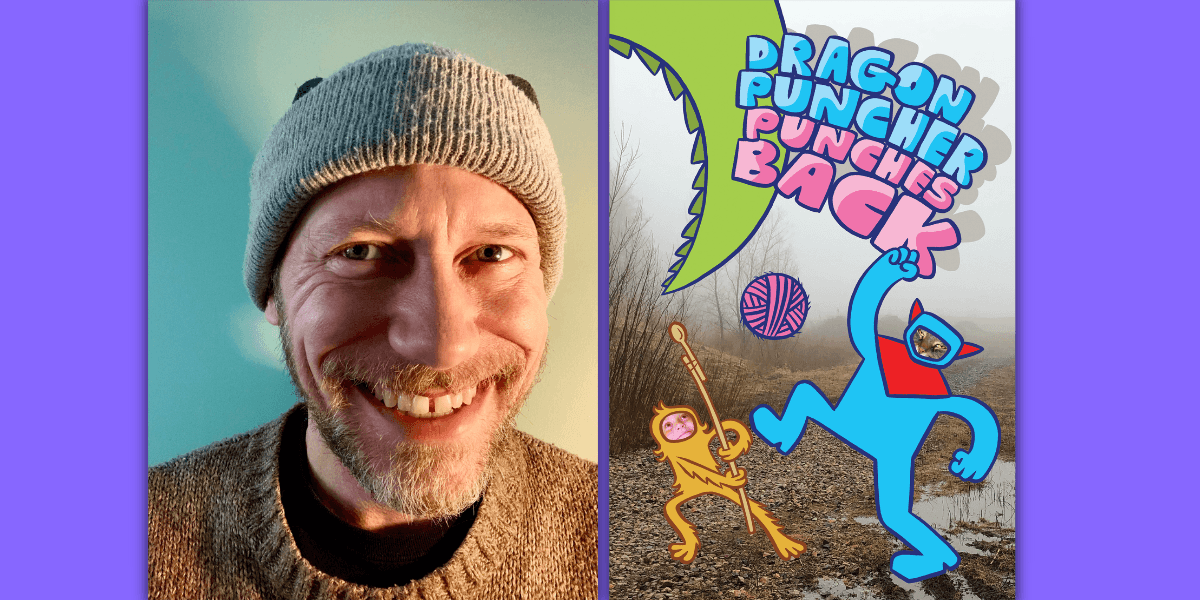
James Kochalka is an original, and a prolific original at that. Over the past nearly 30 years, Kochalka has continued to make strange, bizarre, and fun art of all sorts, from his long-running American Elf diary comics to licensed Spongebob comics to original music (he's got a new single out now called 'The Mummy's on the Loose.' It's a collaboration with Rough Francis with guest vocals by Jello Biafra from the Dead Kennedys!), all the while maintaining an energetic style that permeates his body of work.
In this interview, Kochalka chats about what it's been like returning to American Elf after nearly a decade away, his process for creating Dragon Puncher comics, and why he loves the absurd. At the very end of the interview, we've also got an exclusive preview of Kochalka's upcoming Dragon Puncher Book: Dragon Puncher Punches Back, so make sure to keep reading.
Popverse: You've mentioned before that you got into comics through your dad and his love for newspaper strips. Do you have any favorite newspaper strips?
James Kochalka: You know my favorite newspaper strip isn't one of those early classics that I learned about from my dad, but this comic called Jim's Journal. Jim's Journal is like a daily diary comic strip, but it's entirely fictional— or it's written as fiction. Anyhow, it must be what inspired me to do American Elf, which was my own daily diary comic strip.
Speaking of American Elf, it has almost been 10 years since the end of your strip, how do you feel about that? Does it feel that long? Does it feel like it was yesterday?
I actually started drawing it again. I put new ones up on my Patreon, but I don't do it every day anymore. I do between two and five a month, something like that.

How does it feel returning to the strip?
Ah, it's a little different, because I do it much less frequently. It's not just such a massively, all-consuming project. It feels much saner this at this rate. Really to draw a daily diary comic script— I did it for like 14 years every day, didn't even take a day off, like if I was sick or camping the middle of nowhere or anything, and that's a little like being completely insane. I feel much saner now, I guess. Except coming out of the pandemic caused a whole lot of anxiety that I can't even completely understand yet.
I think I had a pretty rough year and summer, and I blame it on the whole pandemic thing. I don't think anybody is in their right mind. For instance, I went to a bar to see a rock band, and nobody could even make small talk. Everybody seemed to just be like bumbling and stumbling through pretty basic social interactions.
How did becoming a parent and being a parent changed your work?
Oh my god. I mean it changed to everything. I was already drawing comics for kids, but I had sort of stumbled into that. When I drew Monkey Versus Robot and Pinky & Stinky, and Peanut Butter & Jeremy, all of those I thought I was drawing for adults. Then it turned out the kids really liked them. Then I had my own kids, so I would draw a bedtime story for them. Like for instance, they'd go to school and while they were gone, I'd draw a rough draft of a chapter and then read it to them that night, then the next day add another chapter and maybe also go back and tweak that first chapter, if there were pages where they had no reaction. I would go back and hit those points to get a bigger reaction. Now they're big though, so I can't do that really with them anymore. But when they were little, that's how I was writing my kids comics.
They would have me come into the classroom to their class at school and draw stuff for the kids. Then other teachers would see me doing that in my son's classes and, 'Can you come into our class and do that too?'
By the end of elementary school, I was going into five classrooms each morning and drawing new original Johnny Boo comics on their whiteboards, and it was only till like the last few months that I was like, 'I should be documenting this.' Then I started to take photos of the last several hundred. But yeah, I did it for years without documenting it at all.
Do you feel different about your work when it's made to be temporary? Or is it all the same?

It's kind of all the same.
I almost draw my books as if they're meant to be temporary. Like if I went back, I just turned into Top Shelf the 14th, Johnny Boo book, Johnny Boo is Bored! Bored! Bored! If I went back and drew it all from the start, I'd probably change… I don't know… everything! Because I really just drew it all like it didn't matter but that's probably what makes it good.
I wasn't very precious about it and didn't do a lot of editing or rewriting, didn't do a lot of planning ahead. So, it's just really fresh and an exciting way to work. I think it makes it fresh and exciting to read also—I hope it does.
That sort of feedback that I get from the kids really helped turn me into a better children's author. Then also, with the Dragon Puncher books, I took it one step farther where they were actually helping me make the books by acting, because the Dragon Puncher books, for people who don't know, the characters are drawn and the backgrounds are photographs and the characters faces are photographs.
So you know, I can't draw the character's expression, my photo subject, which was my kids, would have to act, you know, make angry face or a sad face or look this way or that way or look excited. So they collaborated on those books.
Can you talk about the process for your Dragon Puncher work? Do you usually have your story before you start taking pictures? Or did you have the pictures and then draw from there?
It's sort of a combination. So for the most recent one, Dragon Puncher Punches Back, I woke up one morning, looked out the window and saw that an incredible dense fog had descended over the field that's back behind our house— a denser more intense fog than I had ever seen there before, and I was like, well, I've got to take pictures of this for a Dragon Puncher book. So I went down there and I took pictures and I sort of just mapped out a path that the characters would take across the field and took hundreds and hundreds and hundreds and hundreds of pictures along that path.
Then I wrote the story by just drawing a quick rough draft, pencil drawings. Then for this book, it had been 10 years since the last Dragon Puncher and I couldn't decide if the characters should grow up or if they should still be little kids. My older son Eli was going off to college, so it was like the night before he was ready to go, and he was like, 'All right, Dad. I'm ready. Let's take those photos.' And I'm like, 'I think it's too late. I don't want to do one more potentially stressful, big project the night before you go off the college. I'll just use the photos from when you were little.'
I think I was going to try and take the photos before I had written the story, which would have been really hard because I would have just had to have him make every possible facial expression looking in every possible direction, which would have just been ridiculous.
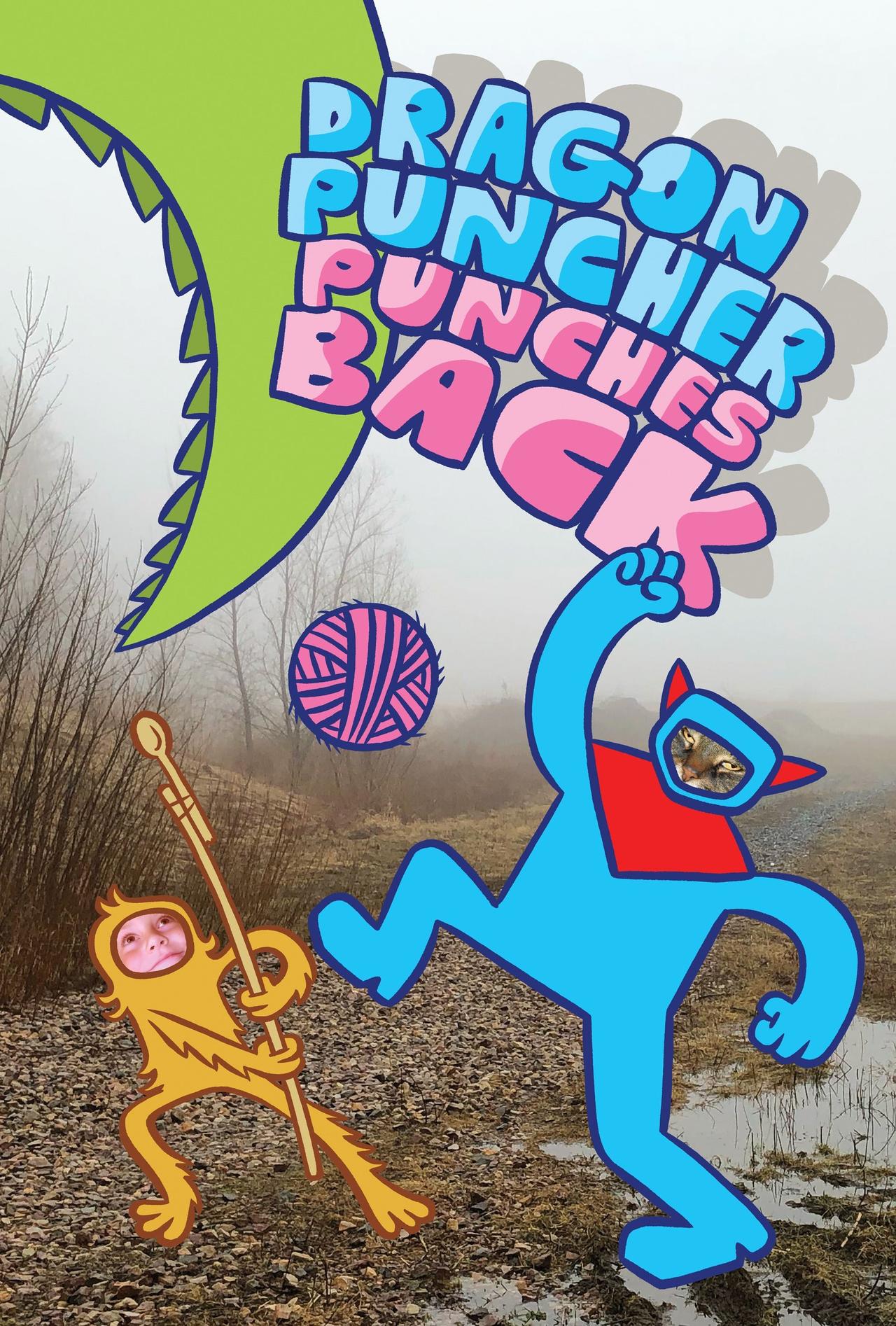
That's another reason why I was like, 'We just can't do this yet.' Then we took him out to school, that was really emotional, and then I wrote the book, and I went back and went through old photos from when he was little to use those. His little brother's in it, too. His little brother is the baby dragon in this one. So you know, even younger photos for him, and it was just really great. I was pretty heartbroken to have him out of the house and all grown up and away at college.
It's just a way to like, celebrate all those years together. And to celebrate the joy that we shared when he was little. There's no way to ever possibly recapture that again. We have a good relationship now, but it's never going to be like it was when he was little, you know, it's just really magic.
All that is in the book in some way. Definitely a lot of joy and love in the book.
Speaking of love and joy, I think a throughline through a lot of your work, especially your work for kids, is the love of the absurd. What draws you to the absurd?
It really came out of my high school years. You know, at a certain point, you just realized like the whole world has kind of been lying to you, and everything is totally screwed up and everyone is insane. Especially with me where everyone had been telling me my whole life that there was something wrong with me.
The whole world seems absurd, and you're really angry about it. And so, I was into punk rock and stuff as a teenager and that was good way to express that kind of anger and the absurdity of the world.

But as time went on, I still think that world's absurd, but I think there's a lot of beauty and joy to be had. So I go towards more the joy and beauty side of the absurd now, rather the angry side of the absurd.
I'd love to hear about your lettering process.
Well, it definitely don't do what all the other letterers do, which is use of font or measure with a ruler and square everything off. My letters always kind of move around, which allows me to express emotion in the lettering. I can sort of express the emotion by the arrangement of the letters, obviously, but just by how big they are, how small they are, but also sort of like the angle or if they splay, that means something different than if they're straight or they're diagonal. So that's why I do that— also because it's hard for me to draw straight. The same thing happens in my cartooning. I just take what could be a weakness and turn it into a strength.
I'm not very good at what like in animation would be called 'drawing on model,' which means you draw the character the same every time, like the shape of that head is precisely the same every time, the proportion from the shoulder to the waist is the same every time— that kind of thing. I'm not good at that. I also don't have any particular interest in becoming good at that. So I use that same thing, varying all those proportions and shapes, to enhance the emotion or action of what I'm trying to draw.
Who do you feel like is your biggest influence? It could be anybody, not necessarily a cartoonist.
I want to say my dad because he sang every day, just walking around the house; I sing every day, just walking around the house. He sang, walking down the street; I sing walking down the street.
I used to be really shy, but I'd watch my dad talk to everybody, so I learned how to do that. It really helps at things like book signings and comic conventions and stuff like that, to be able to talk to the people who come up to you and not scare them and make them feel awful.
I'd say maybe for the first decade, I talked to people I made 'em feel horrible. You know, I feel terrible about that, but I wanted to get better. I just modeled myself on my outgoing and gregarious dad. It didn't come natural necessarily to me, but I learned how to do it.
What is your favorite thing right now? Could be anything-- basket weaving, skateboarding...
Oh, well probably just standing in my backyard and looking at the plants.
You can find out more about James Kochalka's work on his Patreon. Read the exclusive excerpt from Dragon Puncher Punches Back below!
Check out another interview with a iconic independent cartoonist- Stan Sakai! Stan Sakai shares his passion for Usagi Yojimbo and Netflix's Samurai Rabbit
Follow Popverse for upcoming event coverage and news
Find out how we conduct our review by reading our review policy
Let Popverse be your tour guide through the wilderness of pop culture
Sign in and let us help you find your new favorite thing.


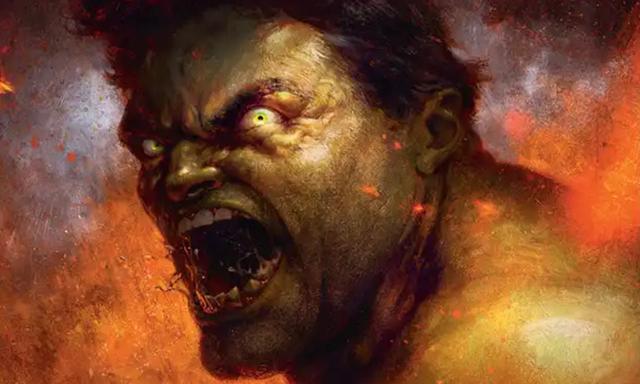

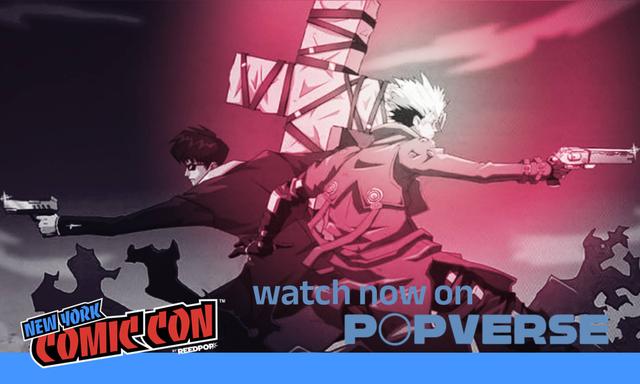
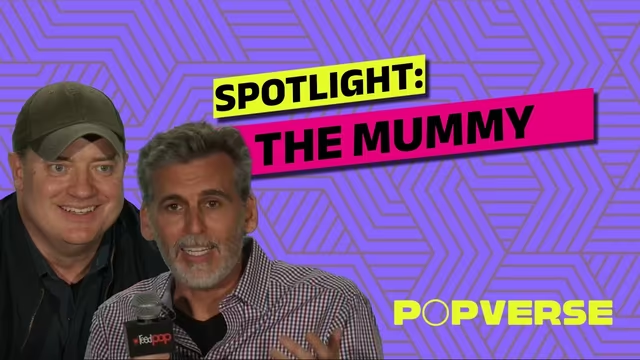

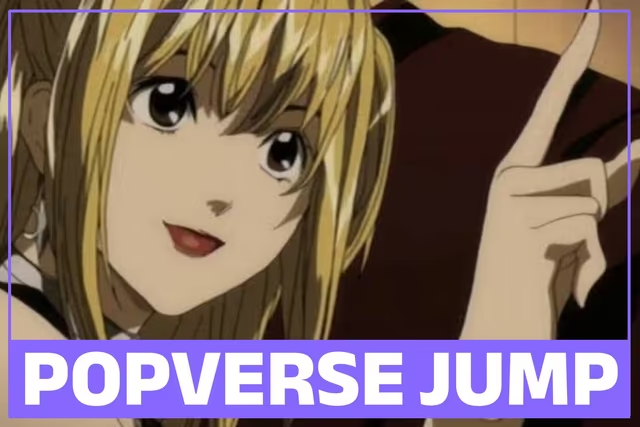
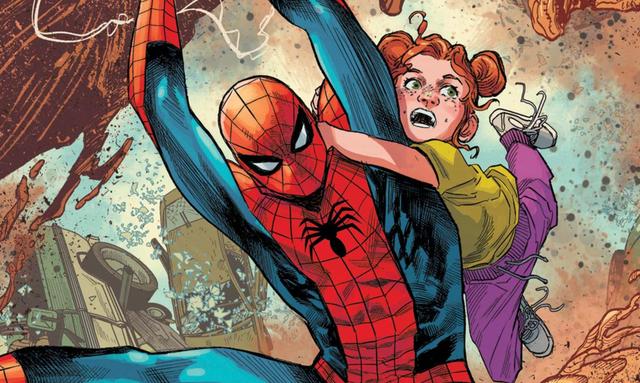
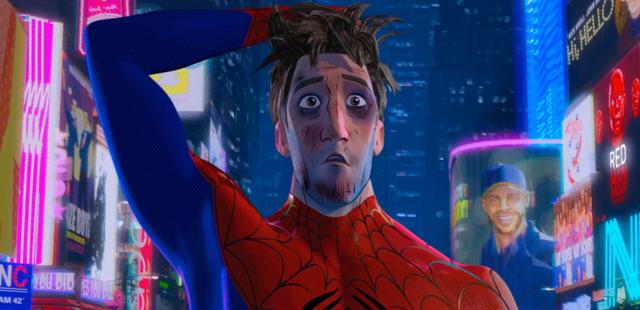






Comments
Want to join the discussion? Please activate your account first.
Visit Reedpop ID if you need to resend the confirmation email.